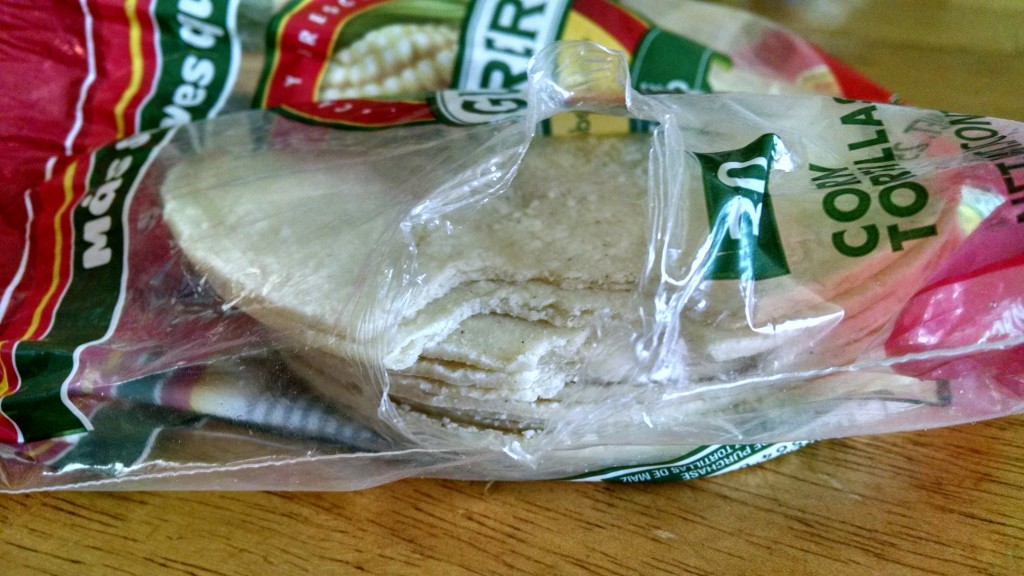
We have a couple of wild animals living in our house. They leave sticky paw prints, apple cores, and torn wrappers in their wake. They scale the side of the fridge in search of nourishment and are often found cowering in corners hunched over piles of crumbs. Despite the overpowering ravenous hunger these poor creatures suffer, when we feed them three well-balanced meals a day, they sometimes refuse to eat. Parents out there, raise your hand if you’ve been there.

While we love our kids to pieces, they certainly drive us crazy. As self-proclaimed good cooks, it especially hits a nerve when our kids turn up their noses at our hand-crafted, mouthwatering dishes. We’re coming to terms with the fact that sometimes three and five-year-olds just have bad taste, but we’re also learning some tricks about how to reign in, or at least improve, the scavenging that happens in our house and leave a little room in everyone’s bellies for dinner.
- Don’t bring temptation into the house. One of the best ways for kids and adults (because let’s be honest, are we much better?) to resist temptation is to eliminate the temptation. If there is something we don’t want our kids eating, we probably shouldn’t be eating it either and it shouldn’t be invited into our house.
- Make tempting items difficult to get to. On the occasion that “bad” foods or foods we’d like to ration find their way into our home (thank you holidays, impulse buys, and insane snack time rules), we put them on that difficult to reach shelf in the cupboard or lock them up. It sounds dramatic, but it’s eliminated a lot of conflict in our home. We have a child lock on the freezer (used to have one on the fridge, but it was low enough they figured out how to open it) and a lock on the door to the storage room where we keep some pantry items.
- Start the day out right. There are so many benefits to eating a good breakfast. Starting the day with an adequately filling breakfast can really prevent sugar lows and curb hunger that might lead to binge grazing an hour or so later. In my single days I wasn’t big on breakfast, but Noel converted me. Now we eat breakfasts that would seem ridiculous to run-out-the-door-with-an-instant-breakfast-former-me, but they make such a big difference, especially if you have an active lifestyle.
- Plan for good snacks. No matter how well planned the meals, some days (or all days) you’re going to need something to keep you going in-between. I’ve been trying to make snacks an official part of my meal planning and am slowly building a stockpile of healthier snack ideas.
- Make healthy binge items easy to get to. My kids often beat me to snacking before the thought even crosses my mind. Even though it drives me crazy when they eat an entire container of strawberries, and leave the tops all over the house, I’d rather have them eat that than candy. When I unpack my groceries I definitely put thought into my fridge organization. I hide items I want the kids to leave alone in the back and put sacrificial snack items at the front and on their eye level.
What things do you do to curb binge grazing?





Leave a Reply